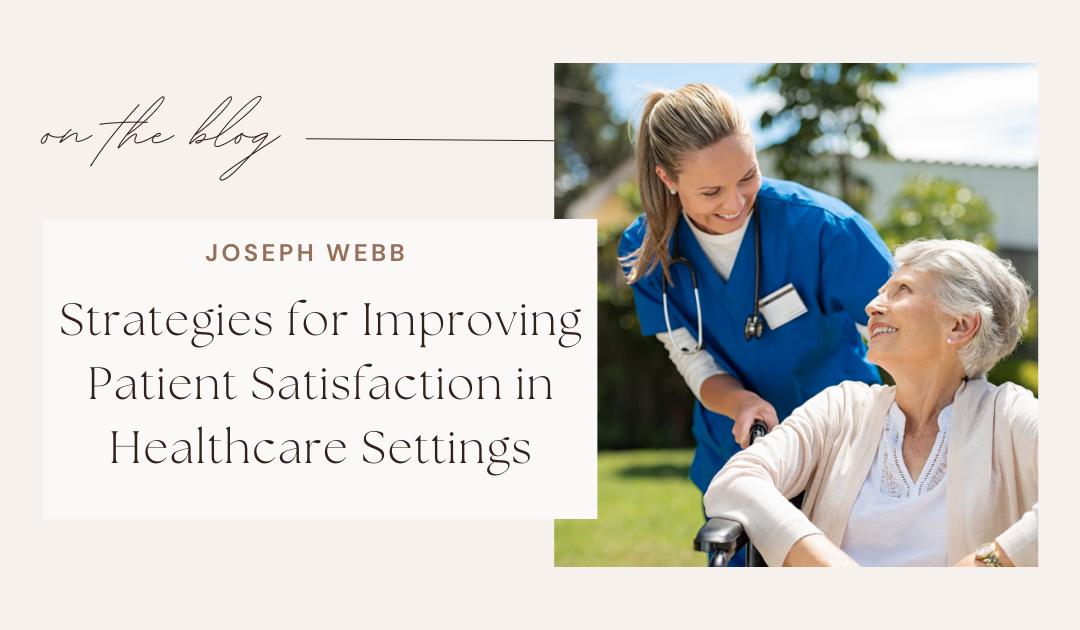Patient satisfaction is a critical component of healthcare quality. In an industry where positive outcomes are deeply intertwined with the patient experience, healthcare organizations must prioritize strategies that enhance patient satisfaction. This not only fosters better patient engagement and loyalty but also impacts reimbursement rates and public perception.
Effective communication stands as the foundation of patient satisfaction. From the moment a patient schedules an appointment to the time they leave the facility, every interaction must be clear, respectful, and empathetic. Medical jargon should be minimized unless necessary, and staff should ensure that patients fully understand their diagnoses, treatment plans, and follow-up care. Active listening and compassion from healthcare providers significantly influence how patients perceive their care.
Shorter wait times and smoother appointment scheduling can dramatically improve patient satisfaction. Many healthcare systems struggle with overbooked schedules and delayed services, leading to frustration. Investing in efficient scheduling software and encouraging punctuality can help mitigate these issues. Additionally, keeping patients informed during longer-than-expected wait times helps manage expectations and reduce anxiety.
The physical environment also plays a crucial role. Clean, comfortable, and welcoming facilities contribute to a more positive patient experience. Attention to lighting, noise levels, signage, and overall cleanliness is vital. Even small touches such as comfortable seating, access to water or coffee, and a friendly front desk staff can influence a patient’s mood and perception.
Staff behavior, both clinical and non-clinical, has a major effect on how patients evaluate their care. Training programs focused on customer service, cultural competency, and emotional intelligence can empower employees to engage more positively with patients. Ensuring that every team member, from nurses to administrative staff, treats patients with respect and kindness helps build trust and rapport.
Timely and transparent follow-up care is another key strategy. Patients often feel abandoned or confused once they leave the clinical setting. Following up with reminders, test results, and next steps makes patients feel cared for and informed. Automated systems can send reminders and updates while still allowing for personal outreach when needed.
Technology can also be leveraged to improve satisfaction. Patient portals provide 24/7 access to medical records, appointment bookings, and secure messaging with providers. These tools enhance convenience, encourage self-management, and create a sense of empowerment. However, ease of use and data security must be prioritized to maintain trust and usability.
Personalizing the patient experience can go a long way. Taking the time to remember a patient’s preferences, address them by name, or acknowledge a past visit creates a more personalized and compassionate experience. These small gestures make patients feel seen and valued, which is especially important in settings where care can often feel impersonal.
Patient feedback is a goldmine for improvement. Hospitals and clinics should actively seek feedback through surveys, suggestion boxes, and digital reviews. More importantly, this feedback must be analyzed and acted upon. Demonstrating responsiveness to concerns builds credibility and encourages more honest communication in the future.
Transparency in billing and financial communication is another area often overlooked. Confusing or unexpected medical bills can quickly sour an otherwise positive healthcare experience. Providing upfront cost estimates, offering payment plans, and having available staff to answer billing questions improves the financial transparency that patients appreciate.
Finally, cultivating a culture of accountability and continuous improvement is vital. Healthcare leaders should regularly assess the patient experience and look for new ways to evolve. Whether it’s through adopting new technologies, enhancing staff training, or redesigning processes, a commitment to ongoing improvement ensures that patient satisfaction remains a top priority.
Patient satisfaction isn’t just about service; it’s about creating a healthcare experience that respects, values, and empowers every individual. When done right, it improves outcomes, boosts morale, and builds lasting relationships between providers and the communities they serve.

